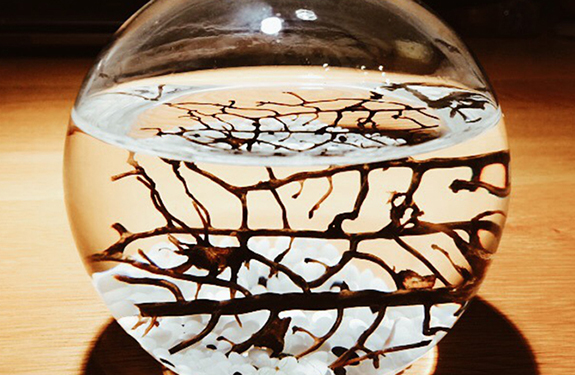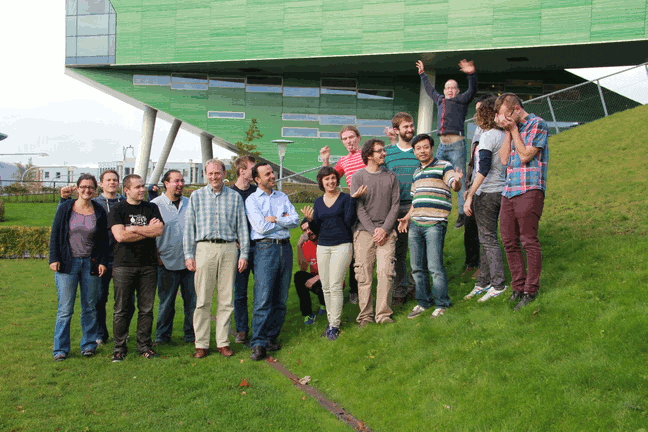
Evaluation of radioactive species in nuclear waste would be able to reduce the level of conservatism in safety of storage. The article by Jonas Mažeika and his coworkers, published in Open Chemistry, provides preliminary evaluation results of radioactive carbon and chlorine isotopes in nuclear waste from Ignalina Nuclear Power Plant decommissioning.
Ignalina Nuclear Power Plant (INPP) in Lithuania had two reactor units equipped with two RBMK-1500 water-cooled graphite-moderated channel-type power reactors. After Lithuania entered to the European Union (EU) in 2004, first unit of INPP was shut down immediately and second unit was shut down in 2009. Both units decommissioned by immediate dismantling strategy, as it was the condition of entry to EU. By 2030, the site of two reactors will be ready for re-use as brownfield land.

INPP has an expected inventory of 3600 tons of irradiated-graphite, which is used to slow down the fast fission neutrons. It is an exceptional kind of decommissioning waste due to its highly radioactive content. With the reactor building, equipment and other materials used, significant amount of waste is accumulated. For low- and intermediate-level waste disposal, radioactive material should be concentrated in a small volume by means of spent-ion exchange resins and perlite streams before it is buried in repositories. For long lived radioactive waste (such as 14C), temporary storage up to 50 years is foreseen due to the high activity. However, depending on the radiological characteristics of waste, other disposal methods or even free release options can be considered.
In the recent report published in Open Chemistry (doi:10.1515/chem-2015-0014) researchers from Lithuanian Scientific Research Institute Nature Research Centre, provides evaluation of radioactive isotopes in nuclear waste from Ignalina Nuclear Power Plant decommissioning. Mažeika and his team collected samples from spent-ion exchange resins, perlite mixture, construction concrete, sand, stainless steel, serpentinite and irradiated graphite. For the first time in literature, they performed a systematic analysis on sample decomposition by acid mixtures and sample oxidation following further purification for 36Cl and 14C, respectively. Authors showed that tested methods in this study are suitable for estimation of activity concentrations of measured radionuclides.


